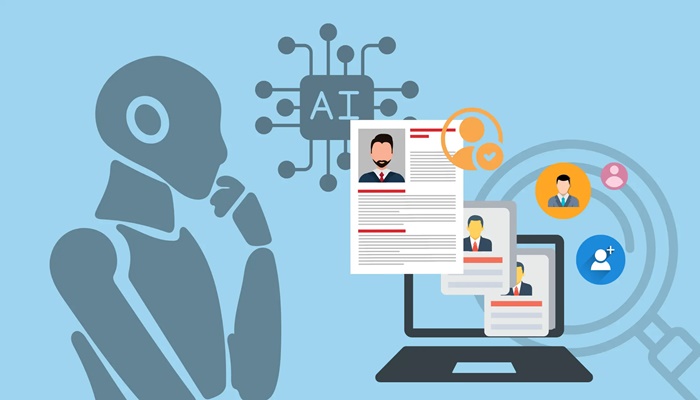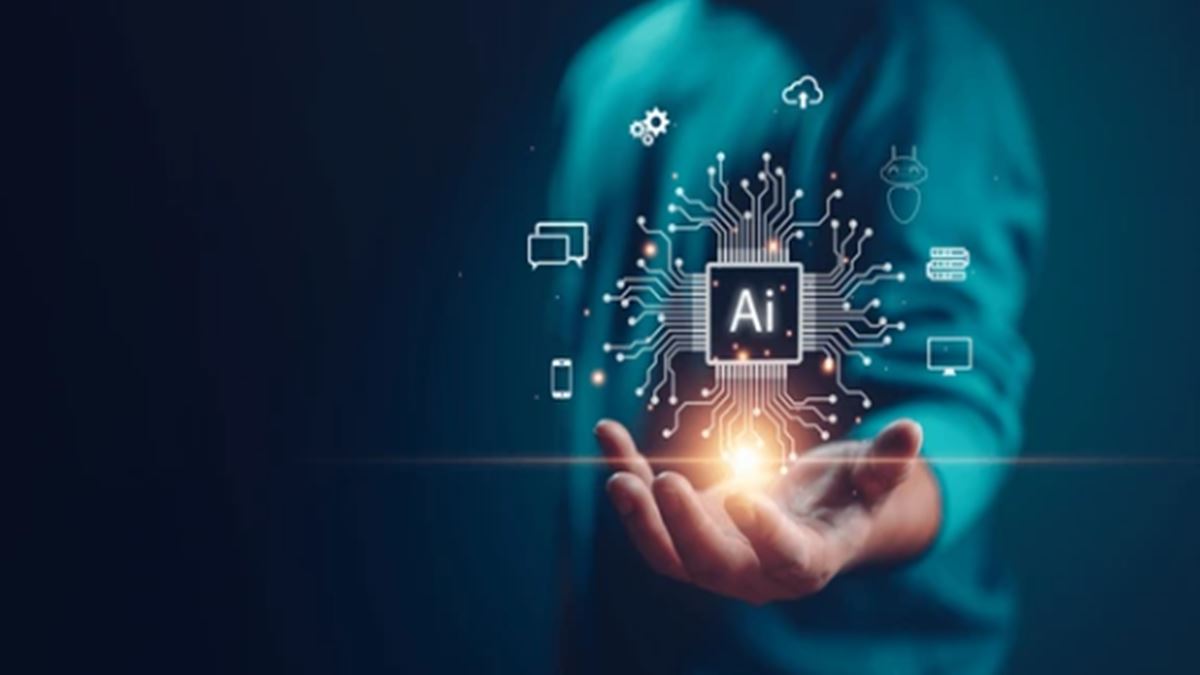Job crafting can help HR professionals build the skills, confidence, and mindsets that support thriving amid the transformative effects of artificial intelligence (AI).
As HR professionals, we know that the wave of AI is not just coming, it’s already lapping, or in some cases crashing, at our shores. As organisations strive to harness AI’s productivity potential, HR must be front and centre. Not just enabling integration, but championing approaches that empower and energise people.
While AI adoption often begins at the organisational level, HR’s role runs deeper. We must build the skills, confidence, and mindsets that help people thrive amid transformation. This is where job crafting, the final work design concept in this short series, comes in.
What is job crafting?
Coined by researchers Amy Wrzesniewski and Jane Dutton in 2001, job crafting refers to self-initiated changes that enhance and personalise work. Job crafting is not about rewriting job descriptions, it’s focused on aligning everyday tasks with strengths, interests, and values.
Job crafting is both practical and research-backed. Over two decades of peer-reviewed studies show it boosts engagement, wellbeing, and adaptability.
But how does job crafting help people engage with AI in ways that are empowering, not overwhelming? Here are just a few real-world examples:
- A team leader analyses AI-generated meeting summaries to identify contributors and encourage quieter voices (relational crafting to enhance inclusion).
- A business analyst uses AI to synthesise data, freeing time for storytelling and insight (task crafting that amplifies impact).
- A nurse adopts voice-to-text AI for documentation, reclaiming time for patient care (task and wellbeing crafting – reducing drain and creating space).
- A marketing manager drafts content with generative AI, then adds their voice to connect more deeply with audiences (task and purpose crafting).
Job crafting as a meta-skill for AI adoption
Meta-skills are higher-order capabilities that fuel learning, adaptability, and resilience. Like critical thinking or learning agility, job crafting is foundational and cements the building blocks of other skills.
Emerging research into AI and job crafting highlights four ways this approach can support meaningful technology integration:
- Proactive adaption: Job crafting encourages employees to take the initiative. Rather than passively waiting for change, individuals can anticipate shifts in their roles and adjust how they work accordingly. This might mean reallocating time toward higher-value tasks as AI handles repetitive work, or exploring new methods to deliver value.
- Purposeful adoption: It’s not enough to use AI tools effectively; people also need to feel their work still matters. Job crafting helps individuals align new technologies with their own sources of meaning, ensuring adoption doesn’t dilute motivation but deepens it. When workers connect AI tasks to broader organisational goals or personal values, the transition becomes energising rather than exhausting.
- Skills development: With AI constantly evolving, upskilling is non-negotiable. Job crafting gives people permission and structure to explore learning opportunities, whether by experimenting with new tools or reconfiguring tasks to stretch their capabilities. This fosters a growth mindset that’s essential for long-term success.
- Resilient agility: Perhaps most critically, job crafting reinforces a sense of agency. In a landscape often defined by rapid change, maintaining autonomy helps employees stay grounded and optimistic. By crafting their work environments, people can better navigate ambiguity and complexity which are qualities central to resilience.
A call to action for HR
HR leaders are uniquely placed to embed job crafting across their organisations. We recommend a simple three-step approach:
- Explore: Introduce job crafting through informal discussions, toolkits, or structured workshops.
- Experiment: Encourage manageable changes. In our sessions, we invite people to improve their job by just 1% – spending 10 to 15 minutes a day or an hour a week tweaking tasks to enhance meaning, motivation, or efficiency.
- Embed: Weave job crafting into everyday rhythms, from check-ins and retrospectives to formal reviews. When embedded, it becomes a mindset, not a moment.
The future of work design is human
Work design must go beyond efficiency. It must also build in connection, autonomy, and purpose. In this series we’ve explored three specific frameworks – job demands and resources (JDR), SMART work design models, and now job crafting – that can help us do this.
As AI transforms how work is done, the question is: will people remain at the centre? When they’re empowered to personalise their roles, they don’t just adapt, they define what meaningful work looks like.
As HR leaders and practitioners, we can make our organisations places where people thrive with technology, not in spite of it. Algorithms may drive tasks, but it’s human creativity and agency that will shape their impact.
Let’s help our people surf the wave of AI, not get swept away by it.




















